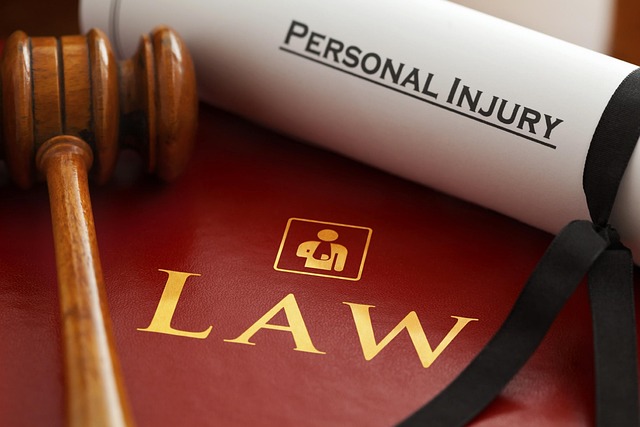A successful medical malpractice claim strategy focuses on core principles: negligence (deviation from accepted medical standards) and breach of fiduciary duty. Complexities arise from disputes over treatment decisions, insurance coverage, or partnership disagreements, underlining the importance of meticulous documentation and clear communication. Building a compelling case requires robust evidence (medical records, lab results, witness statements, images) and expert testimony to support claims, especially in complex cases. Understanding the legal process—from initial documentation to court hearings and trials—is crucial for successful medical malpractice claim resolution.
A well-crafted medical malpractice claim strategy is vital for securing just compensation and holding healthcare providers accountable. This article delves into the key elements that form the foundation of a successful claim, from understanding the nuances of medical malpractice law to navigating complex legal processes. We explore the importance of compelling evidence and expert testimony, while also guiding readers through each step, from filing to potential resolution. By mastering these elements, individuals can ensure their claims are robust and maximize their chances of a favorable outcome.
- Understanding the Foundation of a Medical Malpractice Claim
- Building a Compelling Case: Evidence and Expert Testimony
- Navigating the Legal Process: From Filing to Resolution
Understanding the Foundation of a Medical Malpractice Claim

A successful medical malpractice claim strategy begins with a solid understanding of the fundamental principles that underpin such legal actions. At its core, a medical malpractice claim revolves around the notion of negligence – a deviation from the accepted standard of care expected of healthcare professionals. This standard is defined by the practices and procedures generally accepted within the medical community for diagnosing, treating, and managing patients. When a healthcare provider fails to adhere to this standard, resulting in injury or harm to the patient, it forms the basis for a malpractice claim.
Central to these claims is the concept of breach of fiduciary duty. Healthcare professionals owe their patients a duty of care, akin to that of a fiduciary relationship, requiring them to act in the patient’s best interests. Partnership disagreements or insurance coverage disputes may also play a role, complicating cases and underscoring the importance of meticulous documentation and clear communication throughout the treatment process.
Building a Compelling Case: Evidence and Expert Testimony

Building a strong case for a medical malpractice claim hinges on two critical components: robust evidence and expert testimony. Evidence serves as the cornerstone of any legal argument, providing concrete facts and data to support the claimant’s position. This can include medical records, lab results, witness statements, and even photographs that illustrate the negligence or error in treatment. The quality and relevance of these pieces of evidence are paramount; they must be accurate, up-to-date, and directly linked to the alleged malpractice.
Expert testimony adds a layer of credibility and specialized knowledge to the case. Medical experts, such as doctors or specialists in the relevant field, play a pivotal role by offering their professional opinions on the standard of care expected from the defendant’s actions. Their analysis should highlight deviations from the accepted medical practice, thereby demonstrating the potential harm caused by the malpractice. This testimony is especially crucial in complex medical cases where understanding specialized procedures and treatments can be challenging for laypeople.
Navigating the Legal Process: From Filing to Resolution

Navigating the legal process for a medical malpractice claim can seem daunting, but understanding the steps involved is crucial for success. The initial phase begins with meticulous documentation and gathering evidence. This includes reviewing medical records, consulting with experts in the relevant field, and potentially retaining a car accident lawyer specializing in medical malpractice to guide the process.
The next step is filing the claim with the appropriate court. Once filed, the case will progress through various stages, from initial hearings to depositions and, ultimately, trial or settlement negotiations. Throughout this journey, it’s essential to stay focused on presenting a strong case, especially when dealing with serious injuries resulting from nursing home neglect or medical errors. Effective communication and adherence to legal procedures are key to achieving a favorable resolution.
A successful medical malpractice claim strategy relies on a solid understanding of the legal framework, compelling evidence, and expert testimony. By thoroughly investigating the case, gathering comprehensive documentation, and engaging experienced legal counsel, individuals can navigate the complex process effectively. Understanding these key elements empowers patients and their families to pursue justice and hold healthcare providers accountable for negligence, ultimately ensuring better patient care and outcomes in the future.






